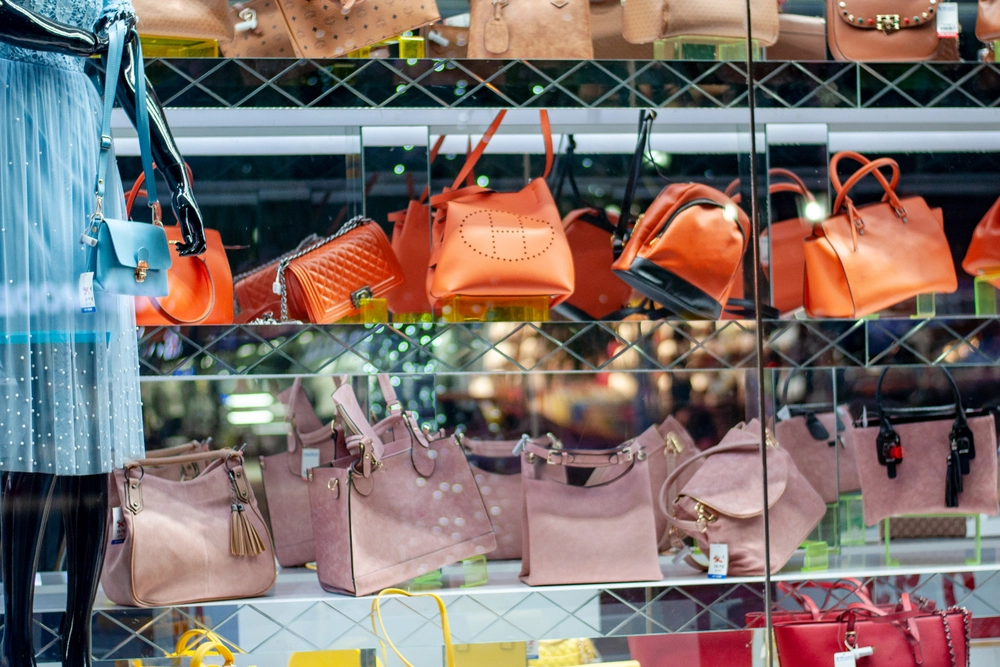
War of the watches: Rolex defeats children’s watchmaker Oyster & Pop in trade mark dispute


On 16 May 2022, Oyster and Pop Limited ("O&P") applied to register the series trade mark "Oyster and Pop / Oyster & Pop" (the "Application") in the UK for goods and services in classes 9, 16, and 28. Rolex SA ("Rolex") lodged an opposition against "toy clocks and watches" in class 28 based on their two earlier trade mark registrations for OYSTER covering "watches; clocks" etc in class 14.
Rolex's opposition was based on the following grounds:
Section 5(2)(b) of the Trade Marks Act 1994 (the "TMA 1994)
Rolex claimed there was a likelihood of confusion between the Application and their earlier trade mark registrations for OYSTER.
Section 5(3) of the TMA 1994
Rolex claimed their OYSTER mark enjoys a significant reputation in the UK and as such, consumers are highly likely to make a mental link between their marks and the Application. As a result, Rolex argues use of the Application would take unfair advantage of their marks and would be detrimental to the reputation and/or distinctive character of their marks.
The evidence
O&P's evidence
O&P filed evidence seeking to demonstrate that due to the existence of nearly 200 live registrations containing the word OYSTER, Rolex's marks were not distinctive. The hearing officer confirmed that the mere existence of trade mark registrations on the register is not sufficient to establish that the distinctive character has been weakened.
In addition, O&P filed evidence of a petition of 108,394 signatures on change.org.
The petition discusses Rolex's claim and sets out the person who started the petition does not believe there is a risk of anyone confusing O&P's brand with Rolex's brand. The hearing officer commented there was no express reason provided as to why the evidence was included but that it appeared to them that it was provided to try and demonstrate over 100,000 believed there was no likelihood of confusion.
The hearing officer considered the petition in their decision but noted the petition made no reference to Rolex's marks relied upon in the opposition and instead referred to their mark "ROLEX OYSTER PERPTUAL". Therefore, the hearing officer decided that the reliance upon the petition was misguided.
Rolex's evidence
Rolex filed evidence claiming their OYSTER brand had been used extensively since 1926. The hearing officer noted the majority of examples of use showed the word ROLEX displayed above the words OYSTER PERPETUAL. Rolex explained that OYSTER is used in reference to the "oyster case" being the waterproof case used to encompass the watch.
Rolex filed evidence stating they had incurred an advertising spend of approximately £23.5 million between 2017 and 2022, with sales of watches featuring the OYSTER mark during the same period totalling £14.9 million.
Taking all the evidence into account, the hearing officer said they did not consider it controversial to suggest that Rolex is a very large and well-known watch brand. They found that ROLEX was clearly the primary indicator of origin of the goods shown in the evidence however, use of a sub-brand does not mean that the sub-brand does not enjoy a finding of enhanced distinctiveness in its own right. The hearing officer found that use of OYSTER as part of OYSTER PERPETUAL does have distinctiveness as the word "PERPETUAL" on watch goods will be understood as somewhat laudatory. The hearing office found the distinctiveness of the OYSTER mark has been enhanced to between a medium to high degree in relation to watches.
Section 5(2)(b) of the Trade Marks Act 1994
In relation to the comparison of goods, the hearing officer considered there was a limited degree of overlap in the nature and method of use between "toy watches" and "watches". The hearing officer commented that Rolex's goods "watches" would encompass "toy watches" and it is likely for producers of children's watches to also produce and sell "toy watches" and vice versa. Therefore, the hearing officer found the goods similar to between a medium and high degree.
The hearing officer found the marks to be visually, aurally and conceptually similar to a medium degree.
Despite the similarities between OYSTER and Oyster and Pop / Oyster & Pop, the added elements ("and Pop"/"& Pop") were deemed sufficient to prevent direct confusion. However, the distinctiveness of the mark and the similarity of the goods led to a finding of indirect confusion.
Section 5(2)(b) therefore succeeded.
Section 5(3) of the Act
As set out above, the hearing officer found that Rolex demonstrated that their mark had a high reputation in the UK for watches and that, despite it being a sub-brand, there exists an enhanced degree of distinctive character. The shared use of the word OYSTER created a likelihood that consumers might mistakenly associate O&P's goods with Rolex's renowned brand. This association would unfairly advantage and potentially damage Rolex's reputation and distinctiveness.
Section 5(3) therefore succeeded.
Conclusion
The opposition was successful in full, resulting in the refusal of O&P's trade mark application for "toy clocks and watches" in class 28. The application may proceed for all other goods, as the opposition was only in part.
Our thoughts
Charlene Nelson, Managing Associate (Chartered Trade Mark Attorney) said: "This decision shows how having a strong reputation and distinctiveness can be helpful in opposing trade mark applications. In addition, it is important not to dismiss the use of a sub-brand in cases such as these as sub-brands can enjoy a finding of enhanced distinctiveness in their own right."























